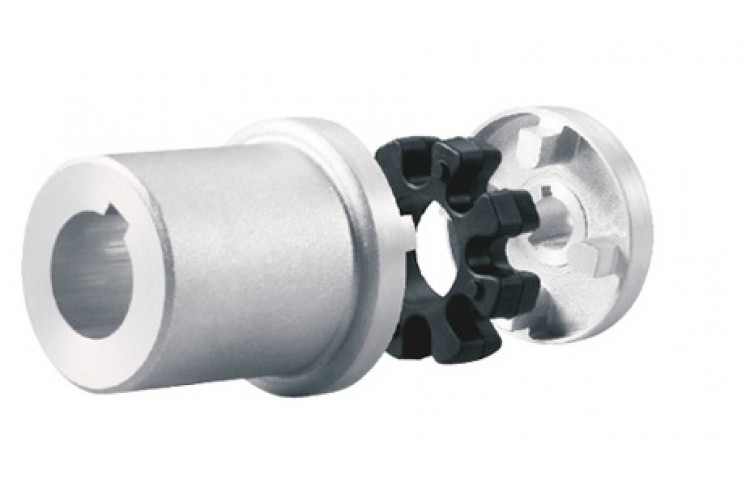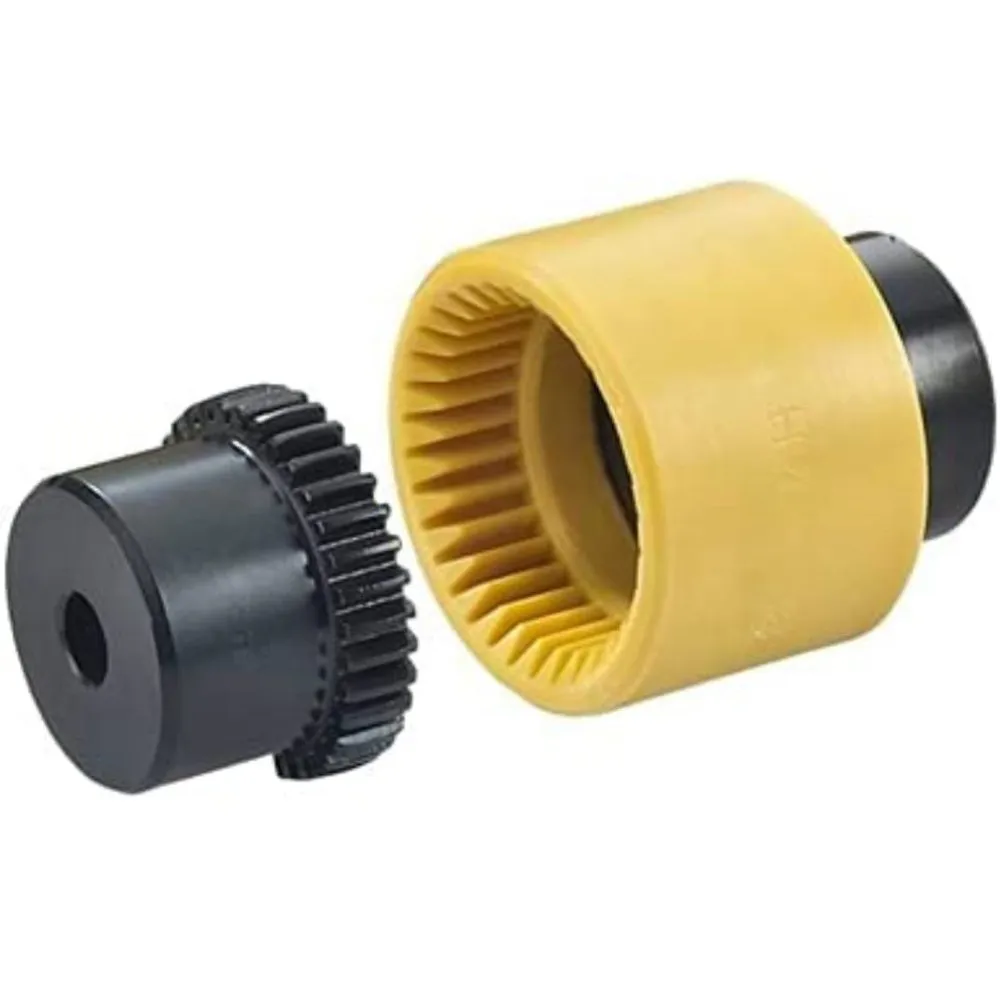Product Description
SENP 1J57127A Original Quality Drive Shaft Flex Joint
|
Product Type |
Drive Shaft Flex Joint |
|
OE No. |
1J57127A |
|
Suitable for |
For VW Golf Tiguan Audi A3 Q3 |
|
Weight |
1.5 kgs |
|
Brand |
CHINAMFG |
|
Certification |
ISO9001 |
|
MOQ |
1 PC |
|
Packing |
CHINAMFG packing, neutral packing, client’s packing |
|
Warranty |
24 months / 80000km |
|
Payment term |
T/T, Paypal, Western Union |
FAQ:
Q1. Where is your company?
A: Our head office are located in HangZhou City, ZheJiang Province, China(Mainland);
Q2. What is your terms of packing?
A: Generally, we pack our goods in CHINAMFG boxes or neutral boxes.
Q3. What is your terms of payment?
A: T/T 30% as deposit, and 70% before delivery. We’ll show you the photos of the products and packages before you pay the balance.
Q4. What is your terms of delivery?
A: EXW, FOB.
Q5. How about your delivery time?
A: Generally, it will take about 20 days after receiving your deposit. The specific delivery time depends on the items and the quantity of your order.
Q6. Can you produce according to the samples?
A: Yes, we can produce by your samples or technical drawings. We can build the molds and fixtures.
Q7. What is your sample policy?
A: We can supply the sample if we have ready parts in stock, but the customers have to pay the sample cost and the courier cost.
Q8. Do you test all your goods before delivery?
A: Yes, we have 100% test before delivery.
Q9. How do you make our business long-term and good relationship?
A: 1. We keep good quality and competitive price to ensure our customers’ benefit;
2. We respect every customer as our friend and we sincerely do business and make friends with them, no matter where they come from.
/* January 22, 2571 19:08:37 */!function(){function s(e,r){var a,o={};try{e&&e.split(“,”).forEach(function(e,t){e&&(a=e.match(/(.*?):(.*)$/))&&1

Can Drive Couplings Handle Reversing Loads and Shock Loads Effectively?
Yes, drive couplings are designed to handle reversing loads and shock loads effectively in various industrial applications. Their ability to accommodate these dynamic loads makes them suitable for many power transmission scenarios. Here’s how drive couplings handle reversing loads and shock loads:
- Reversing Loads: Drive couplings, especially flexible couplings like elastomeric, grid, and gear couplings, can handle reversing loads without difficulty. These couplings have torsional flexibility, which allows them to compensate for angular misalignments and absorb shocks during load reversals. As the direction of the load changes, the coupling flexes and adjusts accordingly, minimizing stress on the connected equipment. This flexibility also reduces the wear and tear on both the coupling and the connected machinery, leading to improved durability and extended service life.
- Shock Loads: Drive couplings are engineered to handle shock loads efficiently. Shock loads are sudden, high-intensity forces that can occur during equipment start-ups, stops, or unexpected changes in operating conditions. Elastomeric couplings are particularly effective in damping these shock loads due to the flexibility of their elastomeric elements. Grid couplings with a spring-like grid structure and gear couplings with rigid teeth also excel at distributing and absorbing shock loads. Even chain couplings, designed with roller chains, can effectively handle shock loads by absorbing the impact through the rollers and chain links.
When selecting a drive coupling for an application that involves reversing loads or shock loads, it’s essential to consider factors such as the magnitude and frequency of the loads, the operating environment, and the specific coupling’s design capabilities. Manufacturers often provide load capacity charts and guidelines to help users select the appropriate coupling for their requirements.
Proper maintenance and regular inspections are also essential to ensure that the coupling remains in good working condition. Monitoring the coupling’s performance and addressing any signs of wear or damage promptly can prevent unexpected failures and enhance the overall reliability of the power transmission system.

How to Select the Right Drive Coupling for Specific Torque and Speed Requirements
Choosing the appropriate drive coupling for specific torque and speed requirements is essential to ensure reliable and efficient power transmission in mechanical systems. Here are the steps to help you make the right selection:
- Identify Torque and Speed Parameters: Determine the maximum and minimum torque values that the coupling will experience during operation. Also, establish the required operating speed range.
- Consider the Application: Evaluate the application’s characteristics, such as the nature of the driven equipment, the presence of shock loads, vibrations, and misalignments. Different applications may require different coupling types and designs.
- Calculate Service Factor: Apply a service factor to the calculated torque to account for any variations in the load during operation. The service factor typically ranges from 1.2 to 2, depending on the application’s demands.
- Choose the Coupling Type: Based on the torque, speed, and application requirements, select the appropriate coupling type. Common coupling types include elastomeric couplings, grid couplings, gear couplings, and metallic disc couplings.
- Torsional Stiffness and Damping: Consider the desired level of torsional stiffness and damping based on the application’s need for rigidity and vibration absorption. High-speed applications may require couplings with good damping characteristics to prevent resonance.
- Temperature and Environment: Take into account the operating temperature and environmental conditions. Extreme temperatures or corrosive environments may require specific coupling materials or coatings.
- Alignment and Misalignment Tolerance: Assess the alignment capabilities of the coupling. Flexible couplings can accommodate misalignments, while rigid couplings require precise alignment.
- Space Limitations: Consider any spatial constraints for coupling installation. Some couplings may have compact designs suitable for confined spaces.
- Budget and Maintenance: Factor in the initial cost and ongoing maintenance requirements of the coupling. While some couplings may have higher upfront costs, they might offer longer service life and lower maintenance expenses.
- Consult with Manufacturers: Reach out to coupling manufacturers or specialists to discuss your specific requirements. They can provide expert advice and recommend suitable couplings for your application.
By carefully evaluating torque and speed requirements, considering the application’s characteristics, and selecting a coupling that matches the demands of the system, you can ensure optimal performance and longevity of the power transmission setup.

How to Diagnose and Fix Common Problems with Drive Couplings?
Drive couplings, like any mechanical component, can experience issues over time. Diagnosing and fixing these problems promptly is essential to ensure the proper functioning of the power transmission system and prevent further damage. Here’s a step-by-step guide to diagnose and fix common problems with drive couplings:
- Visual Inspection: Start by visually inspecting the drive coupling and surrounding components. Look for signs of wear, cracks, or damage in the coupling’s flexible elements, bolts, and connections.
- Check for Misalignment: Misalignment is a common cause of drive coupling problems. Use alignment tools to check if the shafts connected by the coupling are properly aligned. Misalignment can lead to premature wear and vibration issues.
- Listen for Unusual Noises: Unusual noises like clunking, rattling, or grinding may indicate problems with the drive coupling. Pay attention to any sounds while the vehicle is in motion.
- Inspect for Fluid Leaks: Check for any transmission fluid leaks around the drive coupling area. Fluid leaks can lead to insufficient lubrication and cause further damage.
- Test for Slippage: Slippage can occur if the drive coupling is not securely transmitting power. Perform tests to see if the transmission slips out of gear or has difficulty engaging.
- Monitor Power Loss: If the vehicle experiences power loss or reduced acceleration, it may be due to a faulty drive coupling. Monitor the engine’s performance and power delivery.
- Inspect Bolts and Fasteners: Loose or worn bolts and fasteners can lead to coupling problems. Check and tighten all connections as needed.
- Examine Torsional Flexibility: For flexible drive couplings, assess the torsional flexibility to ensure it can accommodate torque fluctuations and prevent damage from torque spikes.
- Replace Damaged Coupling: If you find any issues with the drive coupling during inspection, replace the damaged coupling with a new one that matches the required specifications.
- Realign Shafts: If misalignment is detected, realign the shafts to the manufacturer’s recommended tolerances. Proper alignment will help prevent future problems.
- Lubricate as Needed: Some drive couplings require periodic lubrication. Ensure that the coupling is adequately lubricated as per the manufacturer’s guidelines.
- Perform Test Runs: After fixing the drive coupling or making adjustments, perform test runs to ensure that the transmission functions smoothly and there are no unusual noises or vibrations.
It’s essential to follow the manufacturer’s guidelines and maintenance schedules for the specific drive coupling used in your vehicle. Regular maintenance and inspections can help identify and address potential problems early, preventing costly repairs and ensuring the longevity of the power transmission system.


editor by CX 2024-03-07
by
Tags:
Leave a Reply